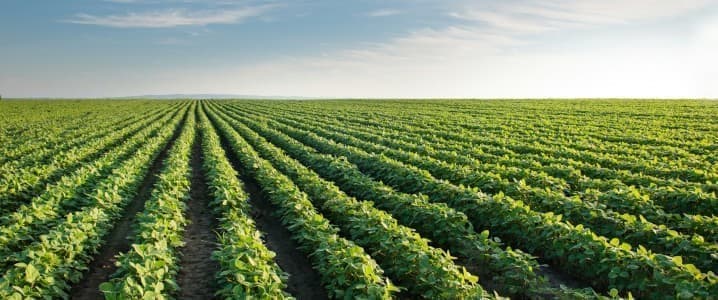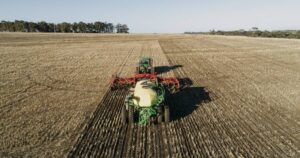
The value of American farmland has reached unprecedented heights, with average prices climbing to a record $4,350 per acre in 2024. This marks a significant 4.3% increase over the previous year, following a 5% rise between 2023 and 2024. As demand for arable land continues to escalate in the face of growing global population pressures and urban expansion, farmland is proving to be a resilient asset.
Farmland has long been recognized as a stable asset class, comparable to precious metals in its ability to preserve wealth across generations. The tangible nature of farmland, coupled with its finite availability, enhances its appeal, especially as concerns about food security intensify. Urban sprawl and environmental degradation are eroding the amount of arable land available per capita, adding further urgency to the need for agricultural investment.
Market Trends and Economic Implications
The agricultural real estate market has shown a consistent upward trend, marking the fifth consecutive year of price increases. The latest data indicates that cash rents for cropland have also surged, rising by 0.60% to a new high of $161 per acre. This increase reflects the growing competition for limited agricultural land and underscores the importance of farmland as both an investment and a critical resource for food production.
According to a report by Zerohedge, these price increases are influenced by various factors, including inflationary pressures and global instability. Investors are increasingly viewing farmland not just as a low-volatility store of value, but also as a hedge against economic uncertainties. The ongoing quest for healthier food options is further driving demand for farmland, as consumers become more conscious of food sourcing and quality.
As farmland values continue to rise, the implications extend beyond financial markets. The increasing prices may strain access to land for new farmers and agribusinesses, potentially affecting food supply chains. Additionally, the trend raises questions about land use, environmental sustainability, and the future of agriculture in an ever-changing economic landscape.
The financial community, policymakers, and agricultural stakeholders will need to closely monitor these developments. The soaring prices of farmland highlight the delicate balance between economic growth, environmental stewardship, and the need for sustainable food systems. As the world grapples with these challenges, farmland remains a crucial element in addressing both economic and social needs.
In conclusion, the remarkable increase in farmland prices signifies a growing recognition of its value as a vital resource. With average prices now at $4,350 per acre and rental rates hitting record highs, the landscape of American agriculture is evolving. As investors and policymakers navigate this dynamic environment, the future of farmland will undoubtedly play a pivotal role in shaping food security and economic stability.







